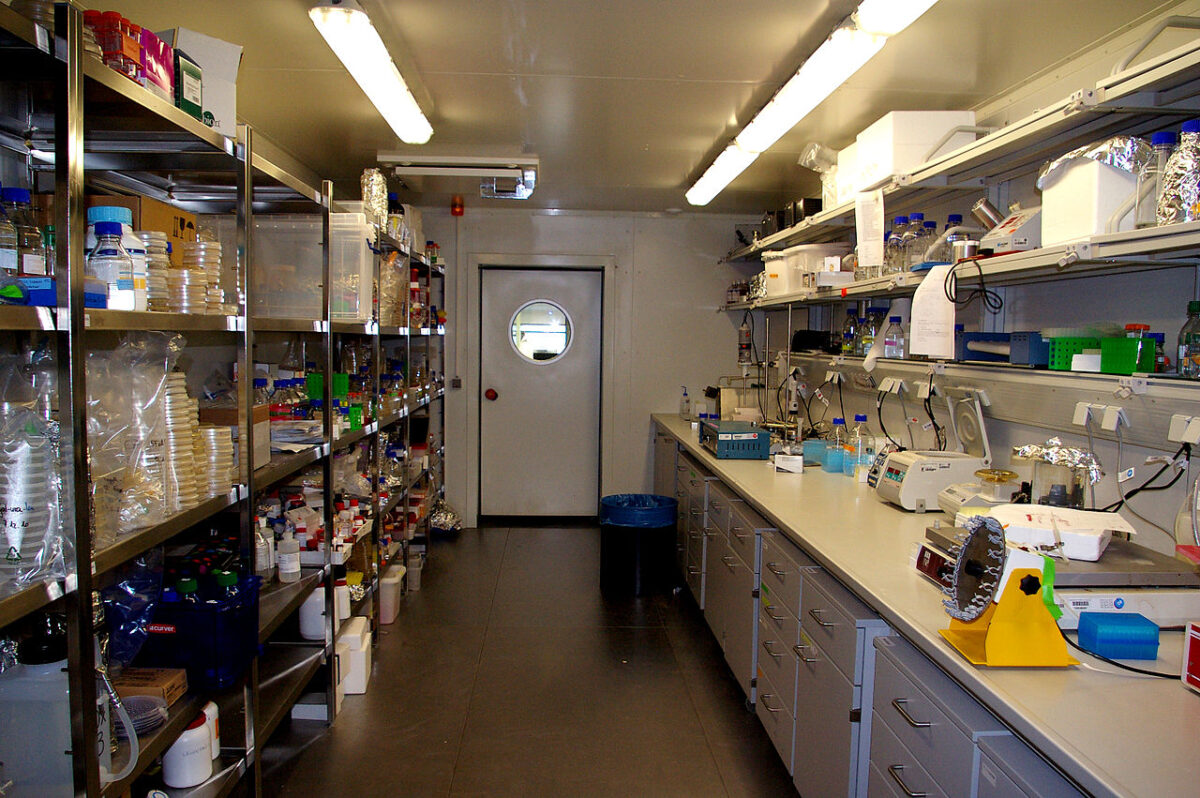A group of researchers from China has analyzed the performance of ice storage modes in a PV-driven refrigerated warehouse and has found that this combination may offer significant advantages.
Ice storage involves the production of ice in isolated containers for later use, for example, during times of decreased solar irradiation. In the research, the academics considered both series-matching (SM) ice storage and parallel-matching (PM) ice storage.
In SM ice storage, the storage tank is connected in series to an air cooler. “In this form, the system simultaneously enables the supply of cooling through the air cooler and storing cold energy in the ice storage tank when solar energy is available. In addition, the ice storage tank supplies cooling during the night or when irradiance is insufficient,” they explained.
In PM ice storage, the air cooler and ice storage tank are connected in parallel. “In this form, the system stores cold energy in the ice storage tank before supplying cooling when solar energy is available, thereby allowing the ice storage tank to continuously supply cooling,” they added.
The research was conducted on a refrigerated warehouse with a volume of 24.472 m3 that could operate either by PV or grid power. It consisted of 5.4 kW of solar panels and an inverter, which operated the vapor compression refrigeration (VPR) system. “The VCR sub-system mainly consisted of an AC compressor with a frequency converter, a condenser, a throttle valve, an air cooler and an ice storage tank, all connected in sequence and utilizing R22 as the refrigerant,” the scientists further explained.
The research group also noted that the system was built to allow it to switch between SM and PM modes. To operate in the first mode, a valve between the throttle valve and the air cooler was opened while a valve between the throttle and the ice storage tank, as well as a valve between the pump and the ice storage tank, was closed. For the second mode, the opposite connection was used.
The system operated under different conditions: the system was either powered by the grid or by the PV; the system ran under no-load and full load; and the operation technique was either SM or PM.
Popular content
Under the PV-SM operation, the refrigeration coefficient of performance (COP) was 2.47 under no load and 2.66 under full load. Under the same terms, the whole system COP was 0.26 and 0.28, respectively. The PV-PM system, however, displayed poorer results, with refrigeration COP of 2.26 under no load and 2.56 under full load. System Cop for PV-PM was 0.25 and 0.27, respectively.
“The cost of the SM mode is lower than that of the PM mode. Compared with the PM mode, the total cost of annual equal payment of SM under PV drive decreased from $6,494.69 to $5,906.16, which is 9.96 % lower than the PM mode,” they also stated. “Compared to utility electric-driven system, PV is more energy-efficient, and the economic cost of the SM mode is lower than that of the PM mode.”
Since the PV-SM proved superior, the academics proceeded to store 1,500 kg of green grapes for fresh-keeping in it for two weeks. Following this period, its net weight with fresh-keeping reduced from 1475.10 to 1460.25 kg. Moisture was decreased from 86.51 % to 85.135 %, and sugar content from 16.18 % to 15.78 %. For reference, without fresh keeping, moisture dropped from 86.154 % to 79.593 %, and sugar content declined from 16.28 % to 12.28 %.
“Results indicate that maintaining the storage temperature of the system at 5 C prevented a decrease in grape quality, resulting in a 5.186 % decrease in water content and a 3.61 % decrease in sugar content,” they concluded. “The reduction in mass inferred that if the grapes were kept at room temperature their overall mass loss would have been considerably high. The fresh-keeping method prevented the mass reduction of the green grape owing to minimized water evaporation.”
The system was presented in “Research on the characteristics of photovoltaic-driven refrigerated warehouse system under different ice storage modes,” which was published in Results in Engineering. The group comprised scientists from the Yunnan Normal University and the Yunnan Key Laboratory of Refrigeration.
This content is protected by copyright and may not be reused. If you want to cooperate with us and would like to reuse some of our content, please contact: editors@pv-magazine.com.


By submitting this form you agree to pv magazine using your data for the purposes of publishing your comment.
Your personal data will only be disclosed or otherwise transmitted to third parties for the purposes of spam filtering or if this is necessary for technical maintenance of the website. Any other transfer to third parties will not take place unless this is justified on the basis of applicable data protection regulations or if pv magazine is legally obliged to do so.
You may revoke this consent at any time with effect for the future, in which case your personal data will be deleted immediately. Otherwise, your data will be deleted if pv magazine has processed your request or the purpose of data storage is fulfilled.
Further information on data privacy can be found in our Data Protection Policy.